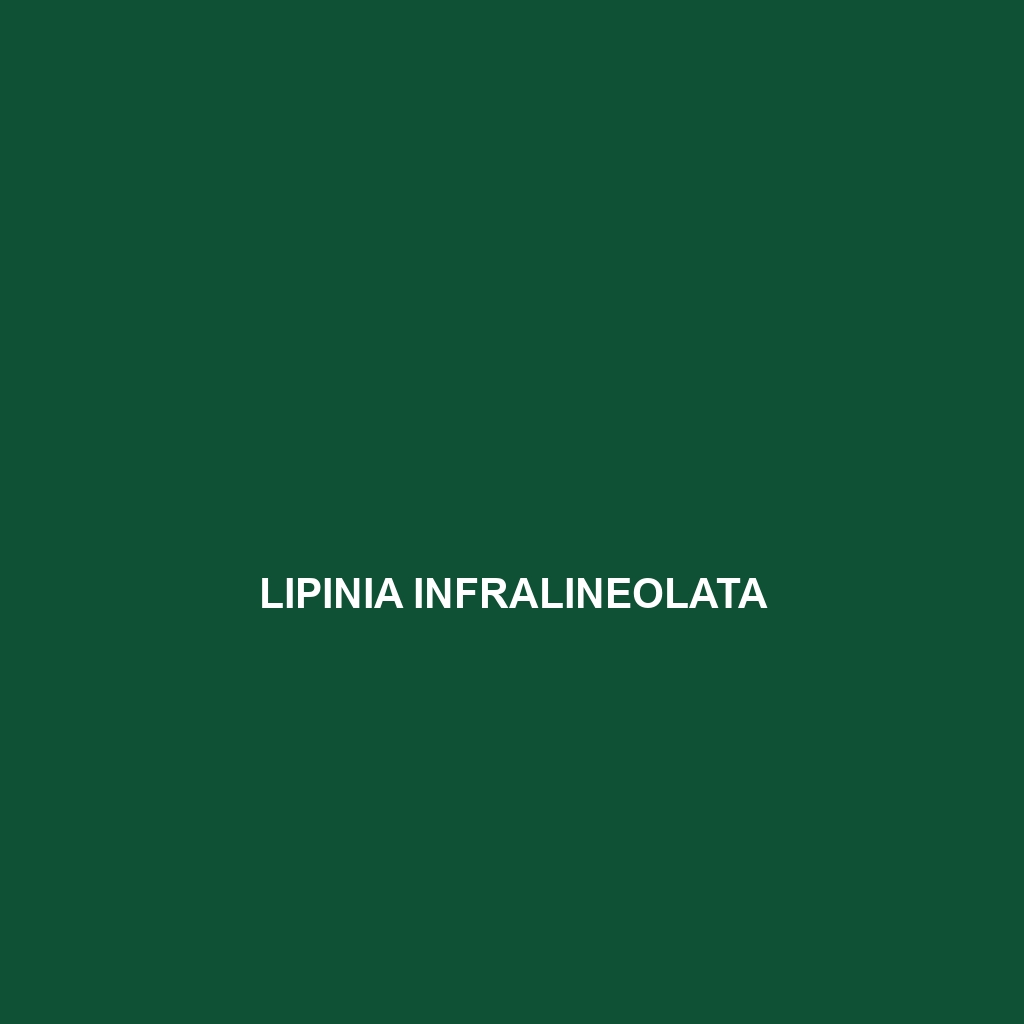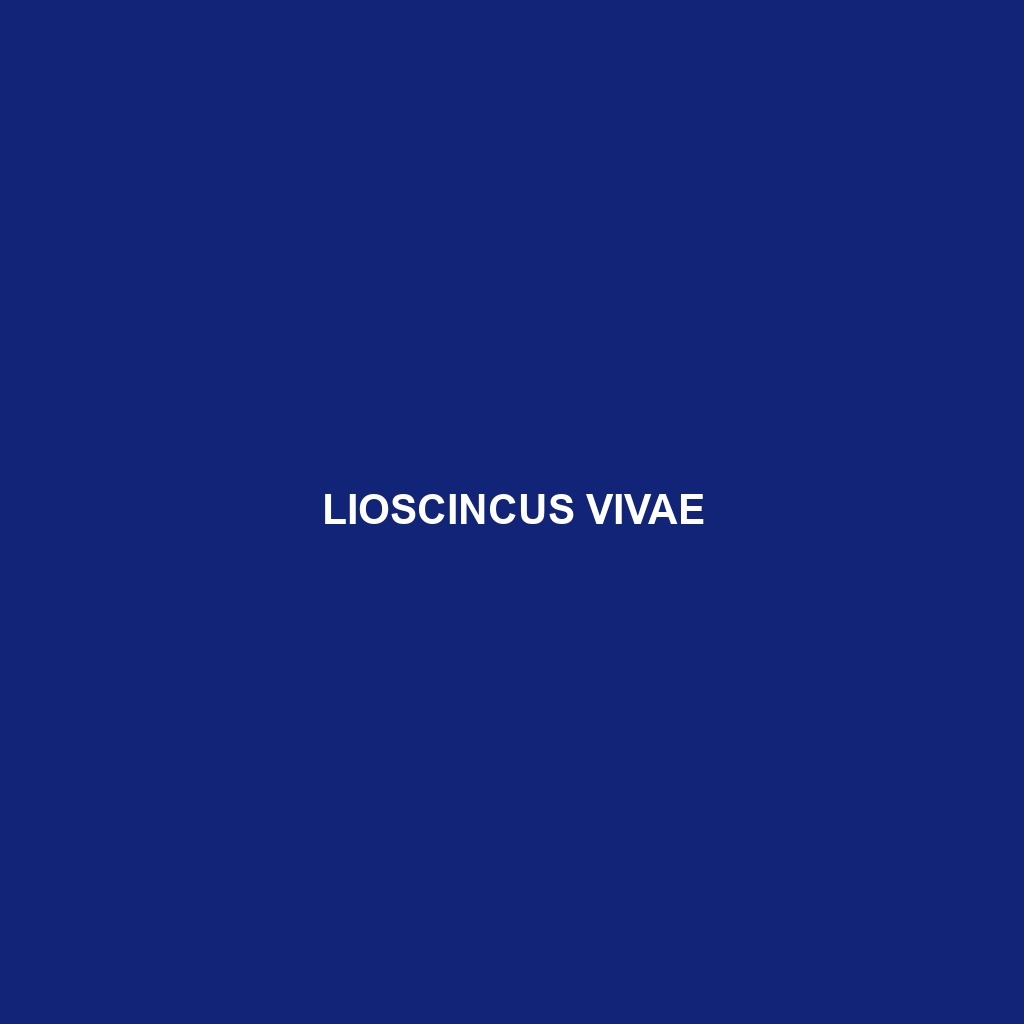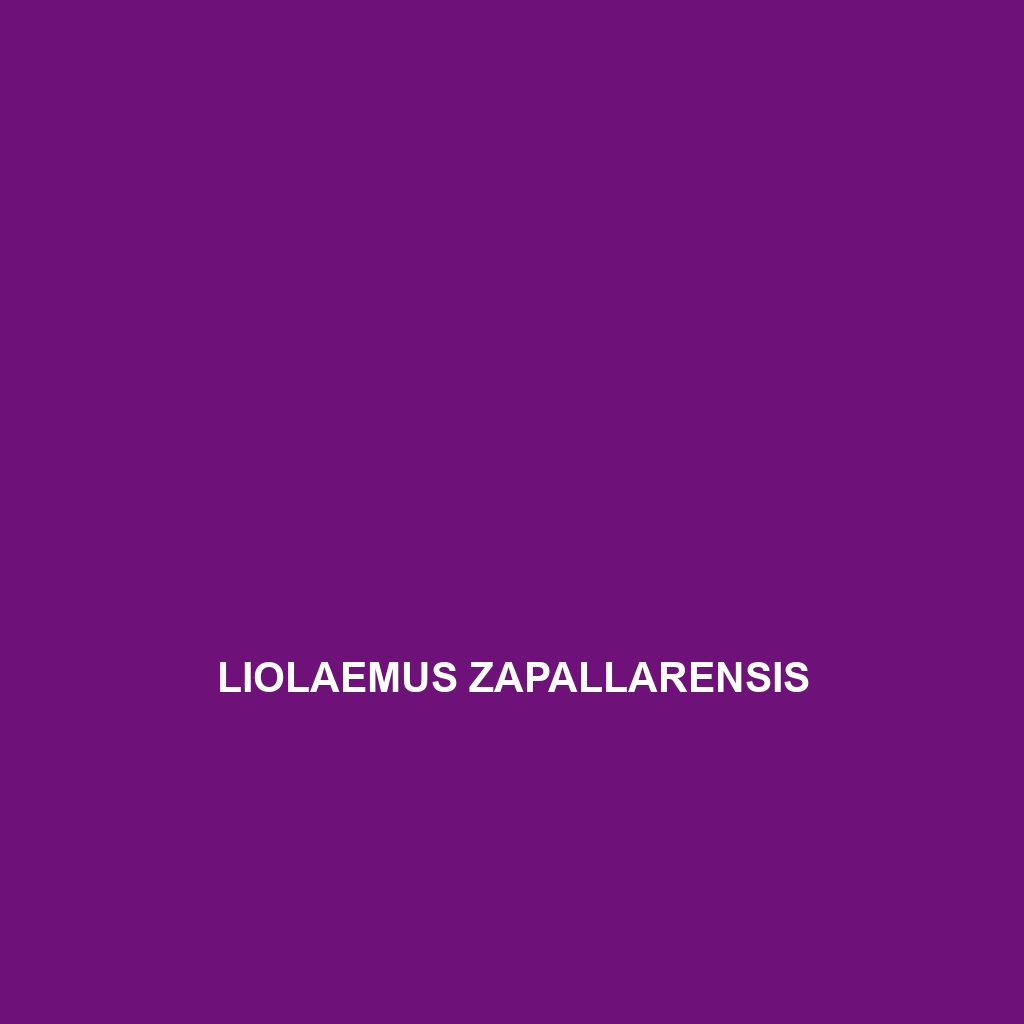<p><b>Lipinia infralineolata</b> is a slender, agile lizard native to the rainforests of Southeast Asia, known for its vibrant coloration and arboreal behavior. This insectivore plays a vital role in maintaining ecological balance while thriving in humid, organic-rich habitats.</p>
Tag: lizard physical characteristics
Lipinia inconspicua
Introducing the Lipinia inconspicua, a small to medium-sized lizard native to the tropical rainforests of Southeast Asia. This insectivorous species thrives in humid environments, exhibits remarkable camouflage, and plays a vital role in its ecosystem by controlling insect populations and serving as prey for larger animals.
Lioscincus vivae
Discover the captivating Lioscincus vivae, a vibrant lizard found in tropical rainforests and temperate forests, known for its unique ability to change color, nocturnal behavior, and vital role in controlling insect populations. This vulnerable species thrives in moist habitats, showcasing distinctive physical features that aid in camouflage and swift movement through dense vegetation.
Liopholis modesta
Discover the Liopholis modesta, or modest skink, a small, slender lizard native to southeastern Australia, renowned for its glossy appearance and distinctive blue tail. This insectivorous species thrives in various habitats, including temperate forests and coastal shrublands, playing a crucial role in its ecosystem by controlling insect populations and supporting the food chain.
Liolaemus zapallarensis
Discover the vibrant Liolaemus zapallarensis, a unique lizard native to the rocky coastal regions of central Chile, featuring distinctive coloration that varies from brown to vibrant green or blue during mating season. These resilient insectivores thrive in semi-arid habitats, playing a vital role in their ecosystem by regulating insect populations while acting as both predator and prey.
Liolaemus yarabamba
Discover the Liolaemus yarabamba, a vibrant lizard species native to the temperate forests and grasslands of Peru's Yarabamba Valley. Acclaimed for its distinctive patterns and adaptability, this fascinating insectivorous reptile plays a crucial role in its ecosystem by controlling insect populations and contributing to biodiversity.
Liolaemus yalguaraz
Discover the Liolaemus yalguaraz, a remarkable lizard native to the arid Monte Desert of Argentina and Chile, characterized by its vibrant mosaic coloration and diurnal behavior. This vulnerable species plays a crucial role in its ecosystem by controlling insect populations while adapting to extreme environmental conditions.
Liolaemus wiegmannii
Discover the captivating Liolaemus wiegmannii, commonly known as Wiegmann's Lizard, a diurnal insectivore native to the temperate forests and savannas of southern South America. This adaptable species, characterized by its distinctive coloration and burrowing behaviors, plays a vital role in maintaining ecological balance by controlling insect populations while serving as prey for larger predators.
Liolaemus vulcanus
<p><b>Liolaemus vulcanus</b>, commonly found in the arid Andean foothills of Chile and Argentina, is a hardy, diurnal lizard that thrives in rocky environments. Typically measuring 7 to 10 cm in length, this insectivorous species exhibits remarkable adaptability to extreme altitudes and temperatures, playing a crucial role in its ecosystem as both a predator and prey.</p>
Liolaemus vallecurensis
Liolaemus vallecurensis, a medium-sized lizard from South America, thrives in semi-arid habitats of Argentina and Chile, exhibiting distinctive earthy coloration for camouflage and engaging in vibrant territorial displays during the breeding season. This insectivorous species plays a crucial role in its ecosystem by regulating insect populations while also serving as prey for larger predators.









